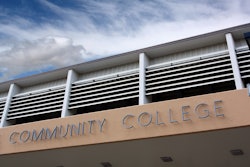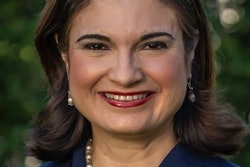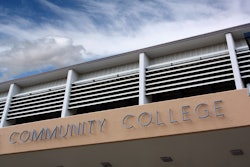Voters may lack enthusiasm for the 1996 election, pollsters and pundits say but a quick check of presidential and congressional races finds education advocates with plenty of reasons to watch–and worry–in the months ahead.
Not only is control of the White House at stake, but also control of Congress, where retirements already will change the makeup of committees that will reauthorize financial aid and other programs under the Higher Education Act (HEA) next year. The future of the Education Department (ED), student aid, and affirmative action also are on the front burner for those claiming victory on Nov. 5.
The election pits different education philosophies against each other, many analysts say. Republicans want more local control, fewer rules; and greater school choice. Democrats talk of more federal funds while still balancing the budget. The Presidential Race Sets the Tone The tone of the national campaign comes not from Congress, but from the top of the ticket. Both President Clinton and Republican presidential nominee Robert Dole are talking about education, but they rarely agree on the details.
Clinton’s platform includes scholarships for high-achieving students, college tuition tax credits, and policies to make a community college education open to every American. Dole is focusing more on elementary and secondary education, taking aim at teachers unions as enemies of reform. He also talks about school choice and vouchers to help low-income children attend private schools.















